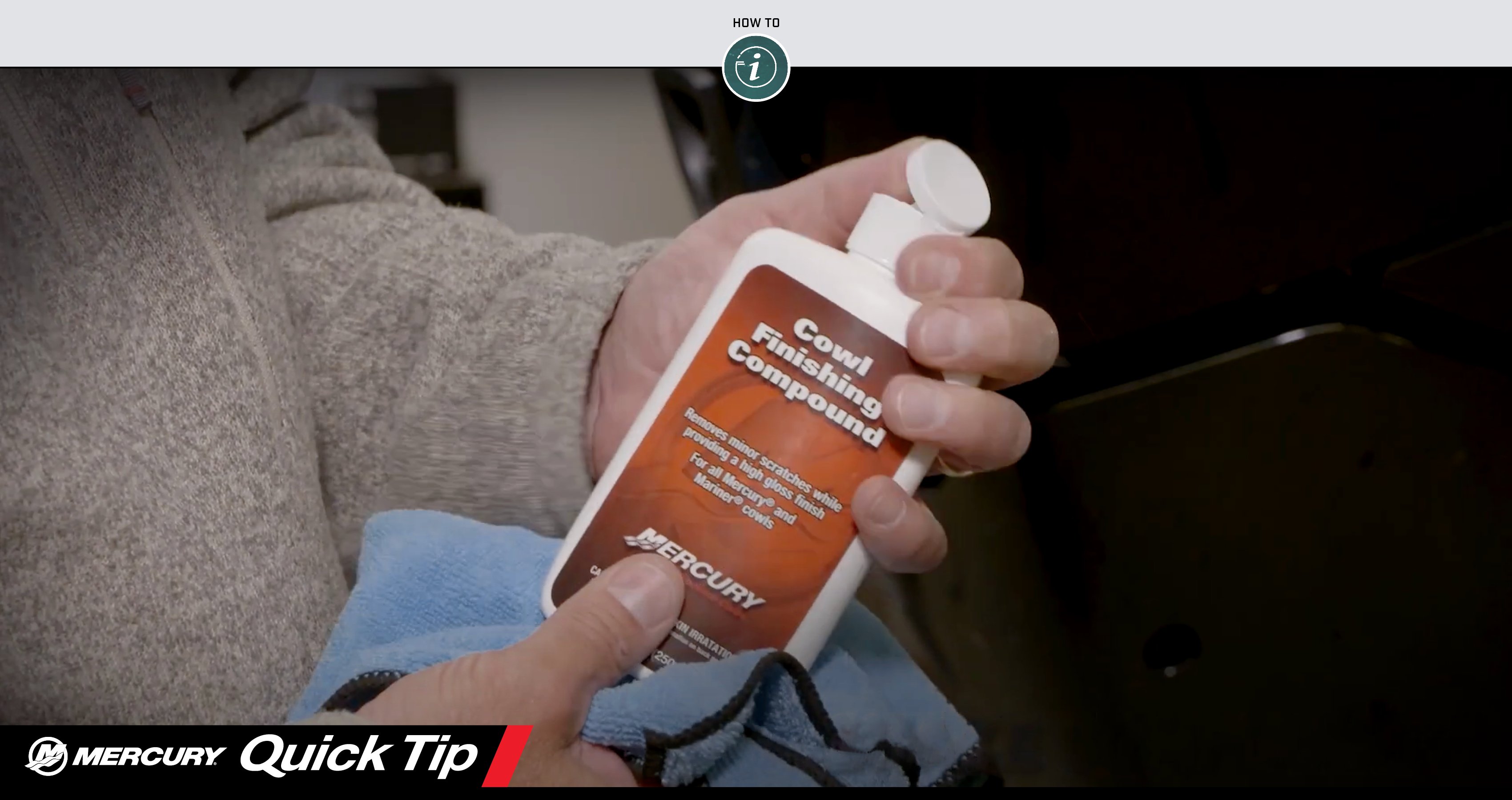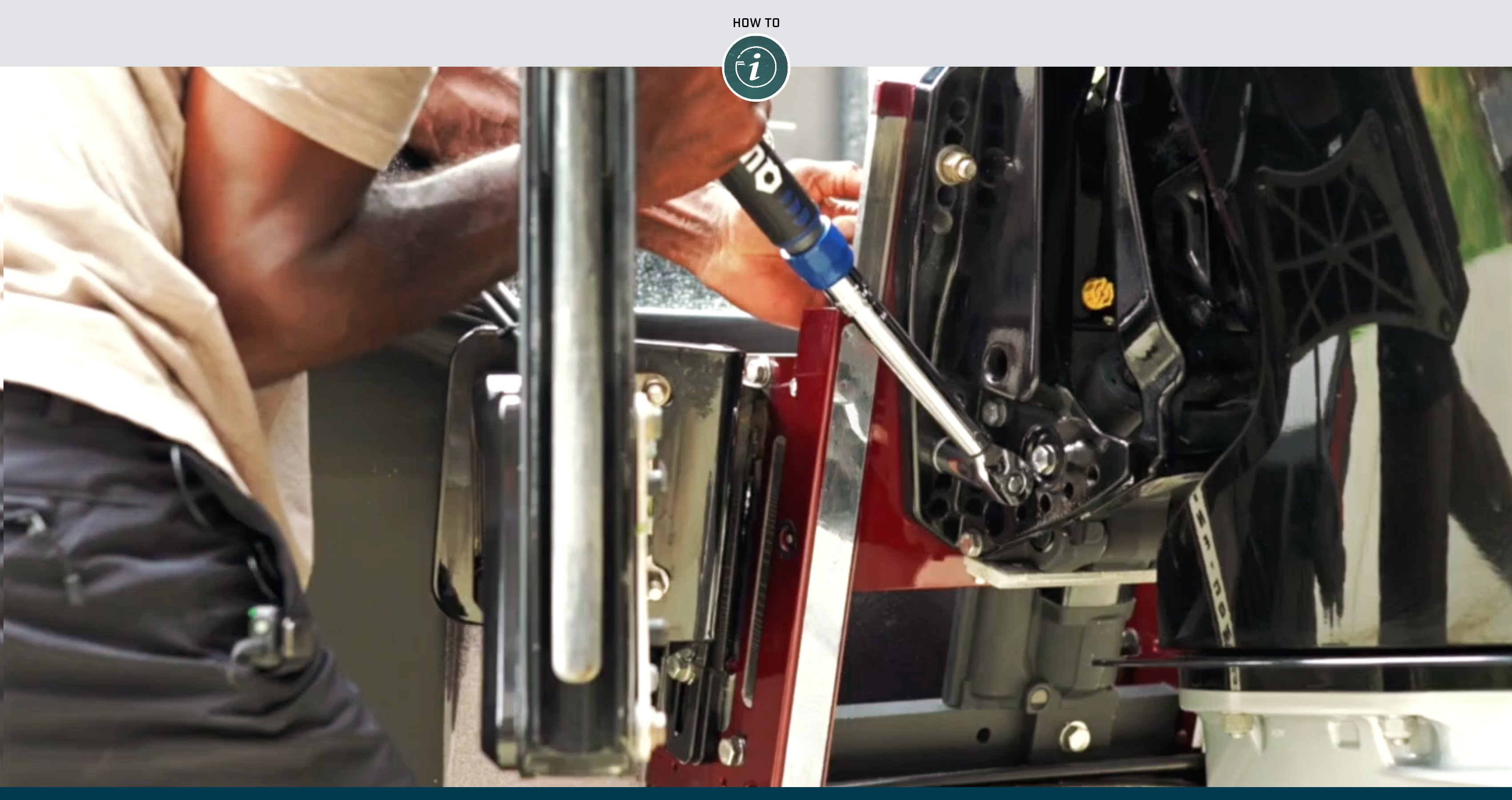If you are interested in purchasing a new or pre-owned boat, a test run on the water, known as a “sea trial,” is the best way to determine whether the boat’s performance, comfort level and amenities are right for you and your boating lifestyle.
Here are 10 steps to take that will help you get the most out of testing and assessing a boat on a sea trial.
- Start preparing for the sea trial even before you leave your house. Make a list of how you plan to use the boat if you should buy it. Will you be fishing from it, towing inflatables behind it or picnicking on board in a quiet cove? Get out the gear that you might want to bring when you go boating and measure it. That way, you will know how much space you’ll need on board to store that fishing rod, towable, cooler, etc.
- If you plan to take family members or friends out boating with you after you purchase the vessel, bring a few of them along on the sea trial. This will help you to determine whether there is adequate seating for everyone on board. It also will allow you to test the boat’s performance and handling when it has a realistic load on board.
- For insurance purposes, it’s important to have a representative from the boat dealership (or if it’s a private sale, the owner) with you during the sea trial. But don’t sit back and let that person do all the driving. Just as when you test-drive a new car, this is your chance to get a feel for how the boat operates. Start by asking the dealer or owner to turn on any electronics the boat may have and give you a quick run-through. If there is a chart plotter or multi-function display, set it up to display the boat’s speed. If possible, set up the engine gauge to display the fuel flow data. If the boat has any systems that you’re unfamiliar with, such as joystick steering, be sure to ask how to use them as well.
- Now it’s your turn at the helm. Take time to adjust the seat and footrest so you have the best possible sightlines. You want to make sure the boat is comfortable for you to drive, since if you buy it, you’ll be spending many hours at the helm. Check to see if there are enough drink holders at hand and whether there is space to store personal items such as your phone. If it’s a sunny day, note whether glare interferes with your ability to see the instruments on the dashboard.
- Making sure everyone is securely seated, ease the boat into gear and slowly advance the throttle(s) up through the rpm range. If it’s a sport boat, center-console, cruiser or other boat with a planing hull, check how high the bow rises before the boat settles onto plane. Can you see the waters ahead clearly the entire time? If not, try trimming out the drive(s) a bit more. If the boat has trim tabs, you also can adjust the tabs to lower the bow.
- Ask the dealer or owner to tell you the boat’s most fuel-efficient rpm level, as well as how far out to trim the drive(s) in order to achieve it. Once you have reached that rpm level, note the speed. Then bring the boat up to a fast cruising speed and note that as well. Listen to the sound of the engine(s). Is it loud enough to interfere with your enjoyment of driving the boat? Finally, making sure you are in an area where there are no speed limits and you have clear water ahead, go to wide-open throttle. Trim out the drive(s) to ensure you hit maximum speed. If there is a current running in the body of water where you’re testing the boat, repeat the entire process in the opposite direction. Record the cruising and top speeds in both directions and take an average to compensate for the current. Is the boat fast enough to meet your needs and desires?
- To assess the responsiveness of the steering system, trim the drive(s) down and, at moderate speed, turn the wheel hard over, making a tight turn in each direction. First, make sure your passengers are seated securely and there are no other boats around you! Maintaining a steady throttle setting, assess whether the boat carves cleanly through each turn without losing rpm.
- Stop the boat, lower the drive(s) all the way and back down at idle speed. Does any water splash in over the transom?
- If possible, ask the dealer or owner to take the boat offshore or into an area of rough water. If not, look for other boats’ wakes that you can cross safely. This will help you to assess how well the boat handles the seas. Is the ride smooth? Do you hear any rattles or bangs? Are you and the passengers comfortable? Do you feel it’s safe to move around the boat in rough conditions? Are there grab rails you can hold if needed?
- Back at the dock, check the boat’s layout and amenities. Are the seats comfortable? Are the gunwales high enough to make you feel safe? Is there enough storage space for all your gear (see Step 1)? If you are a sun worshipper, is there a sun lounge? If you are a swimmer, is there a swim platform? If so, does the swim ladder deploy easily, and will it be easy to climb? Turn on the sound system to check its quality. Can you crank your tunes to your satisfaction? Imagine all the things you’d like to do while you are out on your new boat and be sure it can facilitate them. While some shortcomings can be remedied through aftermarket equipment, that’s an additional cost you’ll incur and should be factored into your decision.
A hands-on sea trial is the best way to truly learn how a boat performs and if it will meet your needs and expectations. When you are finished, you will know if you can complete the purchase with confidence or need to continue with your search.




